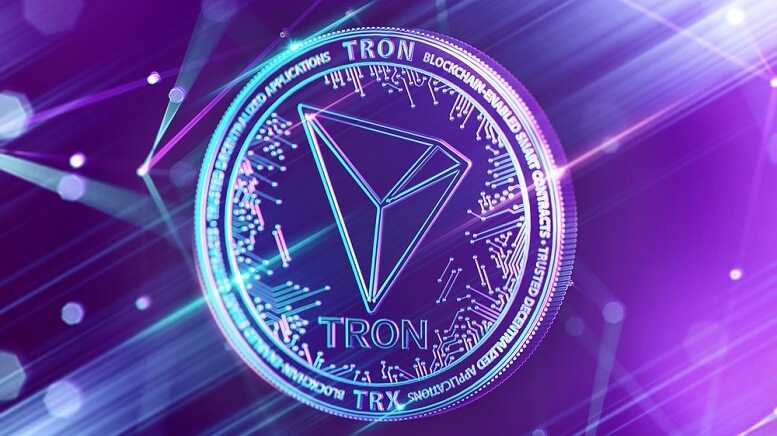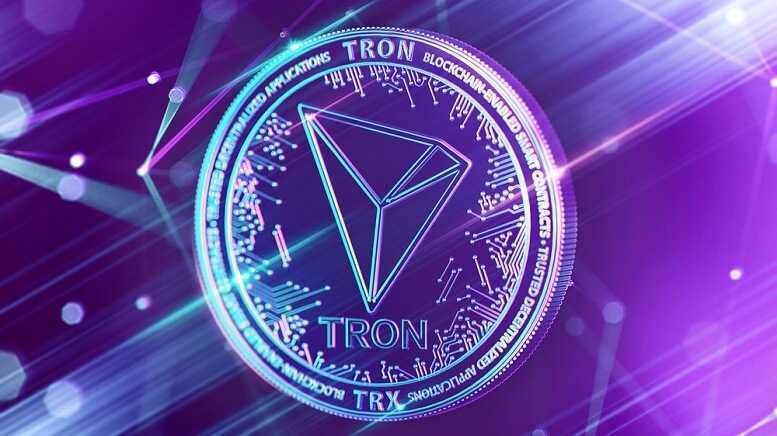The cryptocurrency market decline has been significant recently, as global geopolitical events have sent shockwaves through financial markets. Investor uncertainty spiked after reports of missile attacks in the Middle East, causing a notable drop in the prices of major cryptocurrencies like Ethereum and Solana.
Ethereum and Solana Plummet Amid Investor Concerns
According to data from CoinGecko, the total market cap of all cryptocurrencies fell approximately 5.5% within a short period. This substantial decrease was partly driven by the drop in Ethereum prices, which fell below $2,500, and Solana, which dipped under $150. These assets, both top performers in the crypto space, faced significant losses due to heightened geopolitical concerns.
Investors’ reaction is largely due to escalating tensions in the Middle East, where reports emerged of missile attacks launched over Israel from Iran. The explosions heard in Tel Aviv and Jerusalem caused a ripple effect through global markets, with investors quickly seeking safer assets as the potential for conflict heightened.
Fears of Regional Conflict Push Markets Down
The latest developments intensified concerns over a prolonged conflict between Israel and Iran, especially considering Iran’s response to Israel’s actions against Hezbollah in Lebanon. This has fueled worries of an expanded regional confrontation involving Iranian proxies like Hamas in Gaza and the Houthis in Yemen, adding pressure to global markets.
Financial analyst Quinn Thompson, founder of Lekker Capital, noted that the prevailing market sentiment anticipated a muted response from Iran, given the potential implications of an all-out war on the U.S. presidential election. However, markets are often driven by probabilities and potential outcomes, and even a 20% chance of a significant escalation in the Middle East was enough to cause a recalibration in asset prices. Thompson added that the market must adjust prices to reflect even the possibility of adverse scenarios.
Additionally, economic factors contributed to the cryptocurrency market decline. A highly anticipated jobs report scheduled for release at the end of the week led to routine hedging among investors, compounding the negative sentiment in both stock and crypto markets.
Stocks and Cryptocurrencies React to Geopolitical News
Tuesday saw a drop in global stock markets, with the Nasdaq index sliding 1.5% after the market opened. Investors fled to traditionally safer assets, including bonds, the U.S. dollar, and gold, to mitigate potential risks from market volatility. Interestingly, while Bitcoin is often referred to as “digital gold,” it too saw losses, briefly dipping below $62,000 in response to the geopolitical turmoil.
According to Thompson, both the stock and cryptocurrency markets were highly optimistic and likely overvalued, based on key technical indicators. When bad news strikes a market that is already overconfident, assets tend to be more susceptible to quick drops. The current cryptocurrency market decline could thus be viewed as a correction to inflated prices, driven by uncertainty and risk aversion.
How the Cryptocurrency Market Decline Reflects Global Sentiments
The rapid fall in cryptocurrency prices underscores how geopolitical events can significantly impact global financial markets. Despite crypto’s decentralized nature, it remains sensitive to macroeconomic and geopolitical influences, especially in times of heightened tension or conflict. Investors often seek stability in uncertain times, which explains why even traditionally stable cryptocurrencies like Ethereum and Solana experienced sharp declines.
While the market remains volatile, understanding these influences can help investors make more informed decisions. The cryptocurrency market decline may offer a buying opportunity for some, but it also emphasizes the importance of risk management and staying updated on global events.
The reaction of the crypto market to the Middle East conflict serves as a reminder of the interconnectedness of global finance. The geopolitical landscape, combined with economic events like jobs reports and market valuations, can create volatile conditions that influence the direction of cryptocurrency prices.
Conclusion: Managing Volatility in the Cryptocurrency Market
The recent cryptocurrency market decline reflects how quickly geopolitical events can influence investor behavior and asset prices. Ethereum and Solana experienced significant losses, mirroring broader concerns about conflict in the Middle East and the potential for market disruptions. While Bitcoin also fell, the broader trend of moving toward safe-haven assets indicates investor caution in the face of global uncertainty.
Investors should carefully monitor geopolitical developments, economic indicators, and market trends to navigate the rapidly changing financial landscape. With the volatility in cryptocurrencies often exacerbated by external factors, staying informed is crucial for managing risk and making timely investment decisions.
Featured Image: Freepik @ produtizebro
Please See Disclaimer








